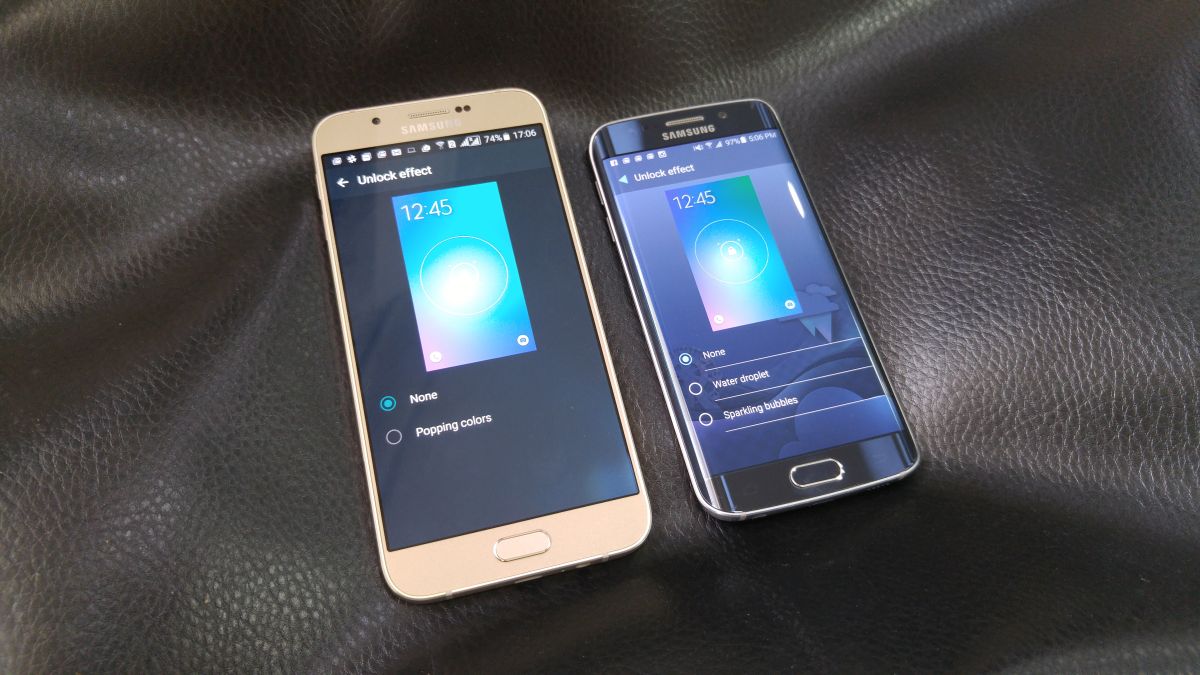With the Galaxy S6 and Galaxy S6 edge came the best version of Samsung's software. After years of complaints, Samsung finally realized it needed software that is fast and visually appealing, and aside from a couple of issues, the company delivered on both fronts. Since the launch of the two S6 phones, the new Samsung software has been seen on a couple of other Galaxy smartphones, but it looks like the Korean manufacturer is still not working on delivering a consistent experience across all devices.
The Galaxy J5 and the Galaxy A8 are two Samsung phones that come with Android 5.1.1 Lollipop out of the box, but unlike what we would expect, the two have some software inconsistencies compared to the Galaxy S6. To be more precise, it's the Galaxy A8 that doesn't seem to have been properly tested before being released, as it is missing a couple of functions that are present on both the costlier S6 and the considerably cheaper (but excellent) J5.
To quote examples, the Galaxy A8 only has one screen unlocking effect in the lockscreen settings, and it's also missing the battery power optimization menu that Android 5.1.1 introduced on the Galaxy S6 (this menu let you stop background apps to save battery life.) In fact, this menu seems to have been removed from the Galaxy S6 and Galaxy S6 edge as well with the second 5.1.1-based update that was released earlier this month.
Another change on the A8 is that when you press the Update now button in the Software updates menu, the phone goes to a new screen to check for updates instead of doing it in a popup. Meanwhile, that wallpaper motion effect setting from the S6 is missing on both the Galaxy J5 and Galaxy A8, though we're guessing this was a deliberate move to keep the feature limited to a flagship smartphone.
Now, none of these changes/missing features make any difference in day-to-day usage, but they do indicate that Samsung is not being very particular about making sure that its software works and behaves the same across all devices. What is worse is that these missing things look like they got left out because of incomplete implementation rather than being left out on purpose. After all, why would Samsung take away a screen unlocking effect from a phone that is already overpriced for the hardware it offers?
At the end of the day, Samsung is doing a good job at the software side of things on its smartphones, including bringing features from newer devices to existing ones extremely quickly, but we certainly long for the day the company will start focusing on consistency as well. What do you think?







